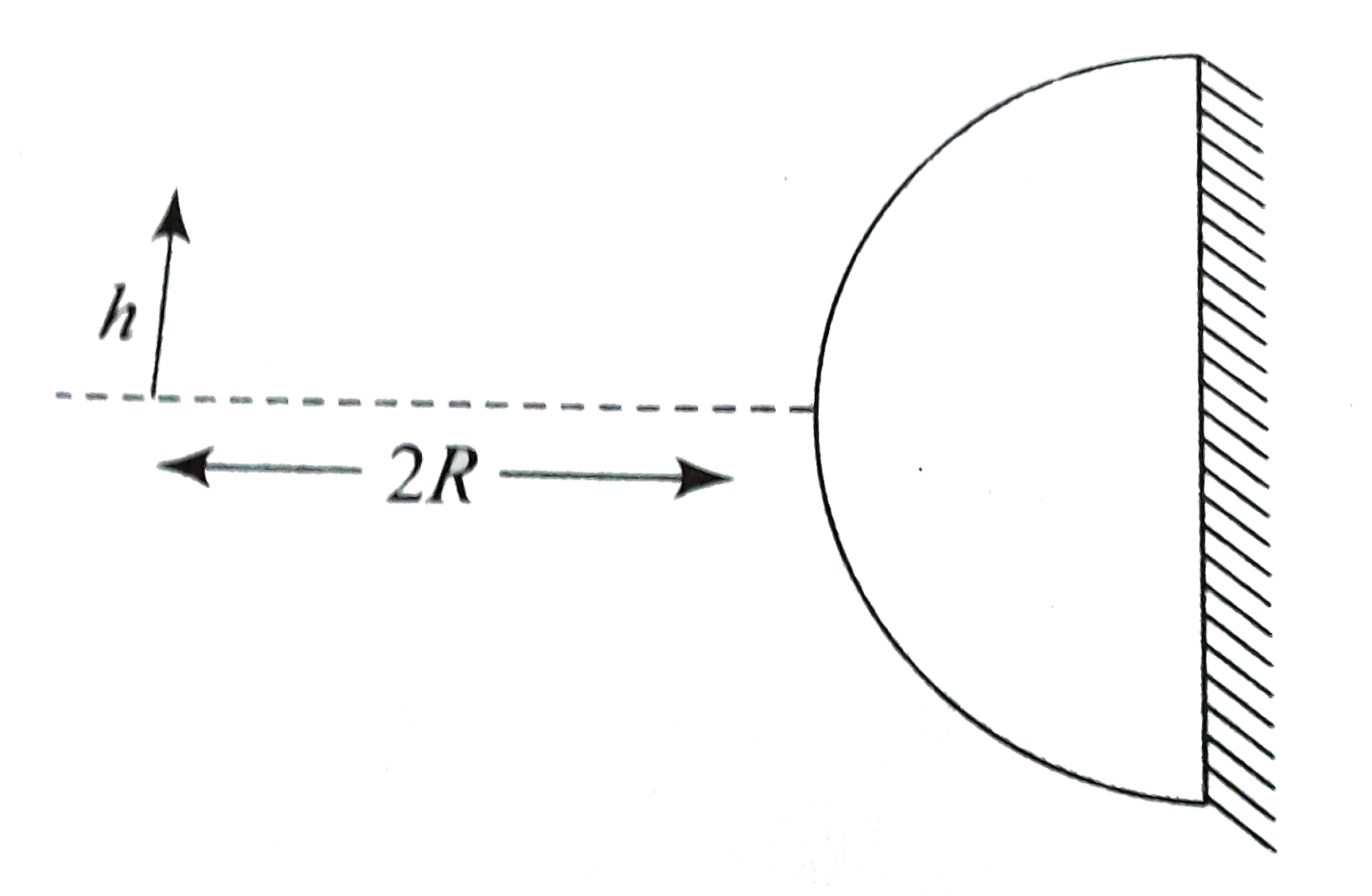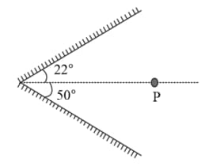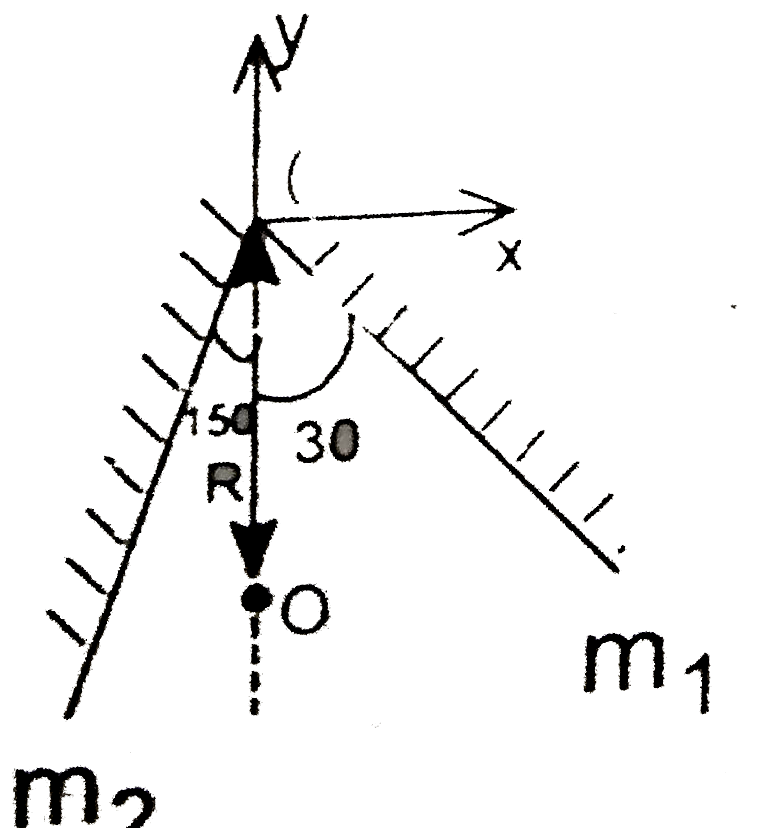Two diverging lenses are kept as shown in figure. The final image formed will be

virtual for any value of d1andd2
real for any value of d1andd2
virtual or real depends on d1andd2 only
virtual or real depends on d1andd2 and also on the focal lengths of the lens
The correct Answer is:A
1F=1f1+1f2−df1f2
f1andf2 both are negative. Hence, F is also
negative. Object is real so combined lens (having
negative focal length ) will always make, its virtual
image.
Topper's Solved these Questions
- REFRACTION OF LIGHTBOOK - DC PANDEY ENGLISHCHAPTER - REFRACTION OF LIGHTEXERCISE - Single Correct Option
3 Videos
- REFRACTION OF LIGHTBOOK - DC PANDEY ENGLISHCHAPTER - REFRACTION OF LIGHTEXERCISE - more than one correct option
1 Videos
- REFRACTION OF LIGHTBOOK - DC PANDEY ENGLISHCHAPTER - REFRACTION OF LIGHTEXERCISE - Subjective Questions
8 Videos
- REFLECTION OF LIGHTBOOK - DC PANDEY ENGLISHCHAPTER - REFLECTION OF LIGHTEXERCISE - Subjective
9 Videos
- SEMICONDUCTORSBOOK - DC PANDEY ENGLISHCHAPTER - SEMICONDUCTORSEXERCISE - Subjective
12 Videos
Similar Questions
A point ofject 'O' lies in front of the lens as shown in figure. Find the final position of image formed by the combined lenses.

View SolutionAn object is placed on the principle axis of a concave mirror of focal length 10cm at a distance of 21cm from it. A glass slab is placed between the mirror and the object as shown in figure.
Find the distance of final image formed by the mirror.

View SolutionA glass hemisphere of radius R and of material having refractive index 1.5 is silvered on its flat face as shown in figure., A small object of height h is located at a distance 2R from the surface of hemisphere as shown in the figure. The final image will form.

View SolutionAn object P is kept in front of two plane mirrors as shown in the figure. The number of image formed is k. Find out the value of k.

View SolutionFor the system as shown in the figure, the image formed by the concave mirror

View SolutionTwo convex lenses f focal length 20 cm each are placed coaxially with a separation of 60 cm between them. find the image of a distance object formed by the combination by a. using thin les formula separately for the two lenses and b. using the equivalent lens. Note that although the combination forms a real image of as distance object on the other side, it is equivalent to as diverging lens as far as the locatiion of the final image is concerned.
View SolutionA point object is placed in fron of two plane mirrors as shown in figure.

Total number of images formed if 'theta=90^(@)?
View Solution
Two plane mirrors intersect at origin. An object 'O' is kept at a distance R on negative y-axis as shown in the figure. The co-ordinates of images formed after three reflections will be (first reflection is is considered at m1)
View SolutionIn Gallilean telescope, the final image formed is
View SolutionA point object is placed in fron of two plane mirrors as shown in figure.

Total number of images formed if OA=0,OB=0 and θ=110∘?
View Solution
